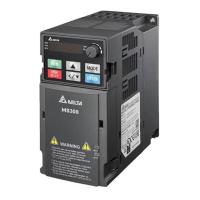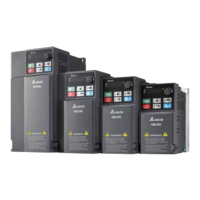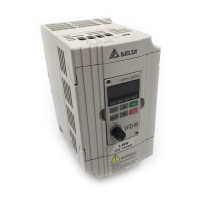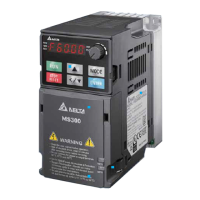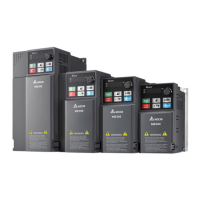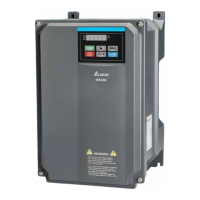Chapter 12 Description of Parameter Settings
MH300
however, the differential operation increases noise interference. Note that a too large differential
causes more noise interference. In addition, the differential shows the change and the differential
output is 0 when there is no change. Note that you cannot use the differential control
independently. You must use it with the other two controllers to for the PD controller or PID
controller.
Sets the D controller gain to determine the error change response. Using a suitable differential
time reduces the P and I controllers overshoot to decrease the oscillation for a stable system. A
differential time that is too long may cause system oscillation.
The differential controller acts on the change in the error and cannot reduce the interference. Do
not use this function when there is significant interference.
Upper Limit of Integral Control
Default: 100.0
Settings 0.0–100.0%
Defines an upper bound for the integral gain (I) and therefore limits the master frequency. The
formula is:
Integral upper bound = Maximum Operation Frequency (Pr.01-00) x (Pr.08-04%). An excessive
integral value causes a slow response due to sudden load changes and may cause motor stall or
machine damage.
PID Output Command Limit (Positive Limit)
Default: 100.0
Settings
0.0–100.0%
Defines the percentage of the output frequency limit during the PID control. The formula is Output
Frequency Limit = Maximum Operation Frequency (Pr.01-00) × Pr.08-05%.
PID Feedback Value by Communication Protocol
Default: 0.00
Settings
-200.00
–200.00%
Use communication to set the PID feedback value when the PID feedback input is set to
communication (Pr.08-00 = 7 or 8).
Default: 0.0
Settings
0.0–2.5 sec.
Default: 0
Settings
0: Serial connection
1: Parallel connection
0: Use conventional PID control structure.
1: The proportional gain, integral gain and differential gain are independent. You can customize
the P, I and D value to fit your application.
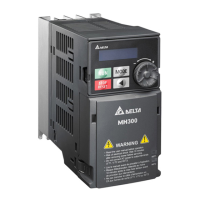
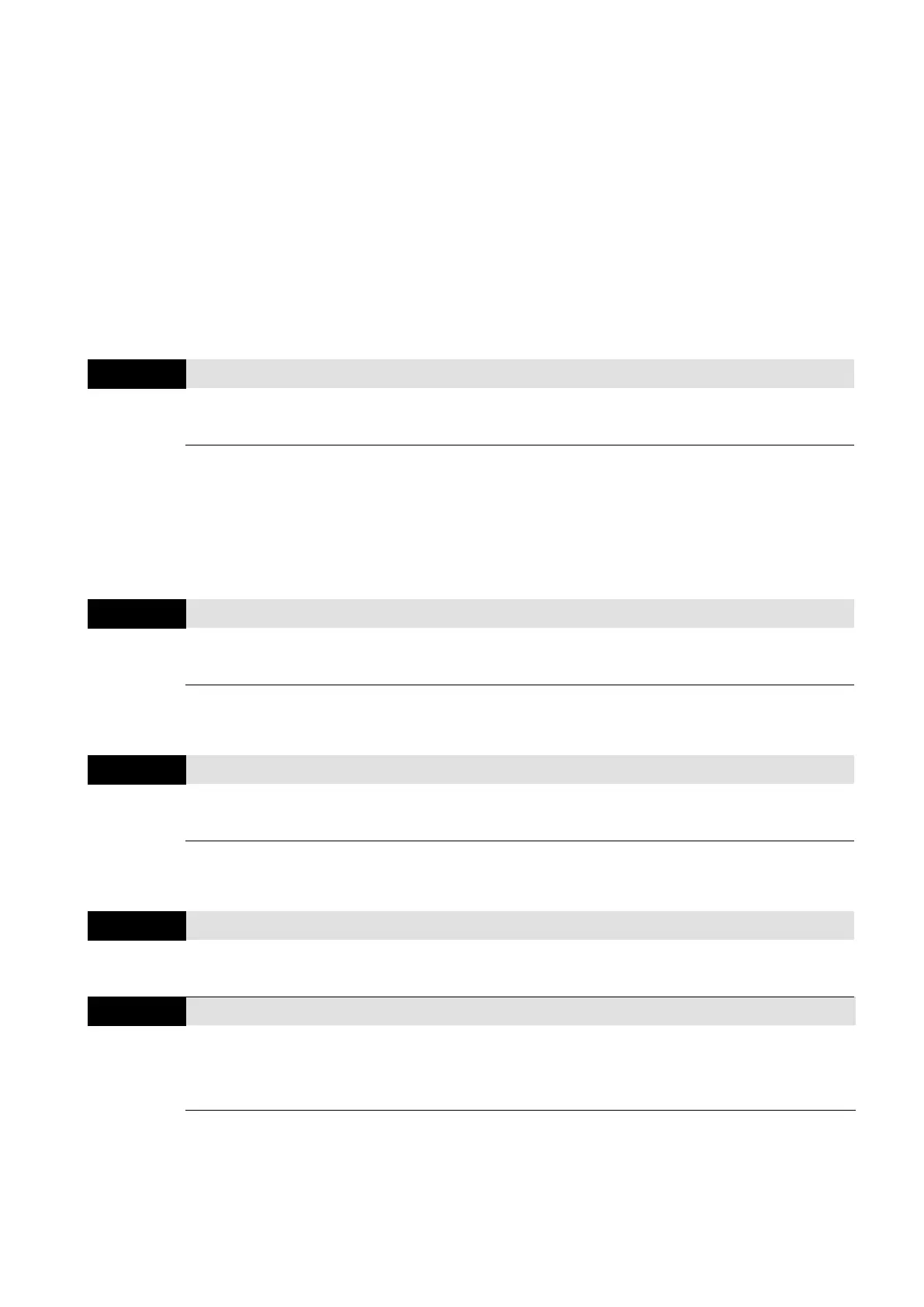